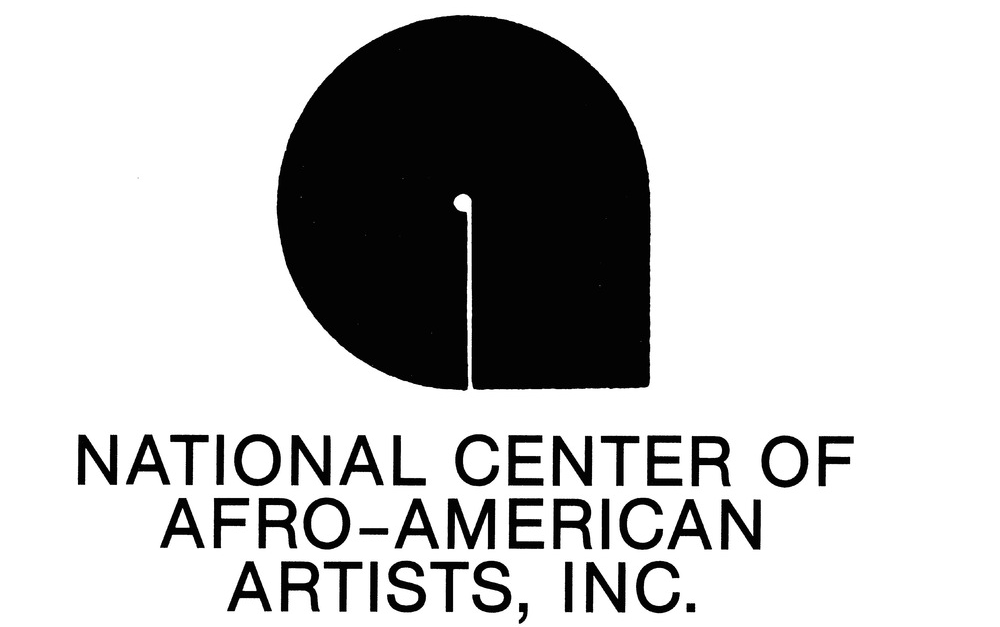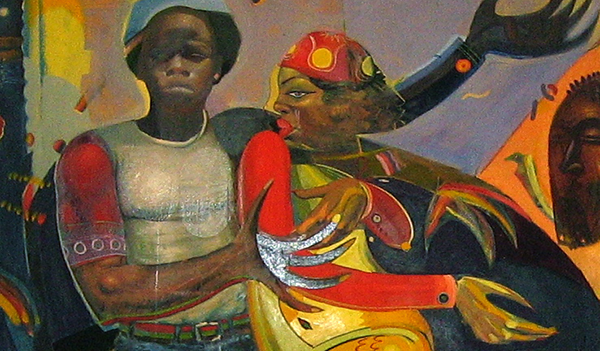Since 1968, The National Center for Afro-American Artists (NCAAA) has stood as New England’s most revered institution celebrating the arts heritage of the African-American and African diasporan cultures in the visual and performing arts.
Housed since 1980 in the historic Abbotsford Estate in Boston’s Roxbury neighborhood, NCAAA has provided a continual platform for established, new, and underrepresented artists of the African diaspora, harnessing the power of art to bring people together, catalyze movements and address issues of social justice race and power.
In addition to presenting critically acclaimed exhibitions and serving as a cultural and academic repository, NCAAA houses a collection of over 3,000 objects and its music division produces and performs its distinctive Black Nativity as written by Langston Hughes. Over fifty years, Black Nativity has become a cherished Boston tradition.
Like many arts and cultural organizations nationwide, NCAAA is emerging from the pandemic contemplative about its future. The pandemic highlighted that the NCAAA financial and operating model is not serving us well and we are not getting the commitment in terms of fundraising and participation that we believe an organization with our depth of history and quality of programming merits.
And while NCAAA remains committed to its legacy programming including Black Nativity, the Board of Directors recognizes that it is time to assess how best to steward our rich history in a way that is relevant for the next generation of artists, scholars, visitors, and supporters.

